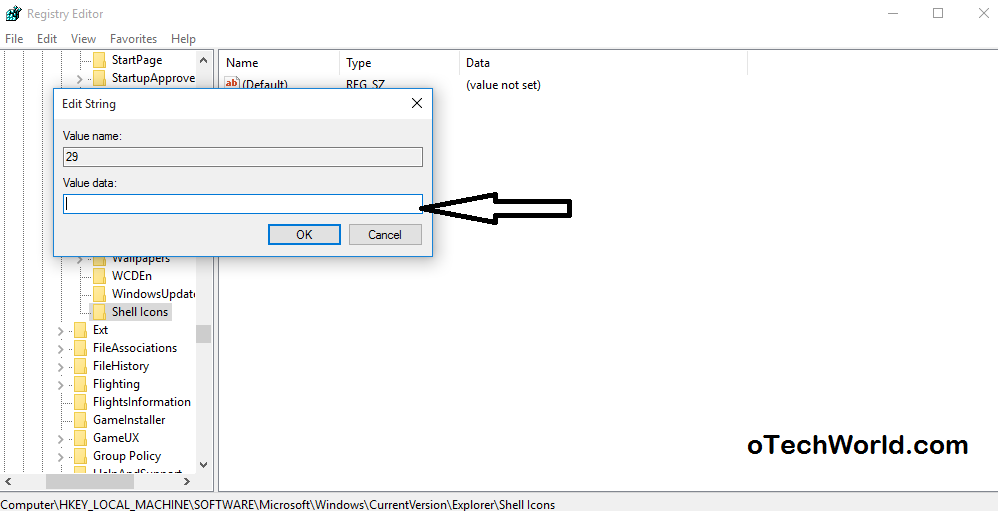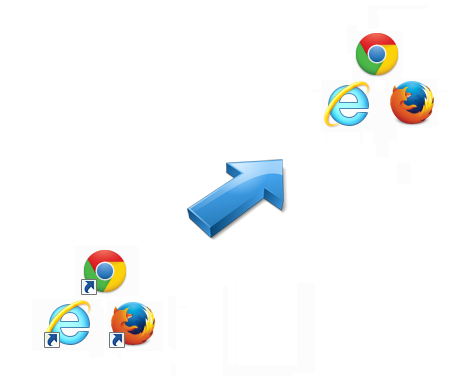


You can drag notes from Scapple to either a Scrivener binder or to the Freeform Corkboard in Scrivener. Of course, being from Literature and Latte, there’s integration with Scrivener, but not as much as you might expect. Scapple exports to many popular document formats, including plain text, PNG, and OPML.
#Scapple arrow shortcut free#
Fortunately, you can just move a note away from the shape to free it from the shape’s virtual magnetic field. However, as with many magnetic things, this feature can be annoying: The magnetic background shape picks up not only any overlapping notes, but also any note that happens to overlap the shape after the fact. If you want to move the shape together with the notes, you can make the shape “magnetic” by selecting the shape, and then choosing Notes -> Magnetic. (If you have one or more notes already selected, this menu item is instead called New Background Shape Around Selection.) You add notes to a background shape by simply dragging them to the shape. To create a background shape, choose Notes -> New Background Shape.

Like notes, background shapes-a simple method of grouping notes and stacks together-can also be manipulated with the keyboard. I repeat that with each pair of notes I want to connect, until that section is ready to neaten up. When you’re connecting a lot, use the shortcut. Holding down the Shift key as you move items speeds up that movement. I select the ‘from’ note, hold the Shift key, then select the ‘to’ note, and use the Connect with Arrow command in the Notes menu. You can use the arrow keys to move between notes, and if you press M on the keyboard, you switch to Movement Mode, which lets you move notes using the arrow keys. One aspect I appreciate about Scapple is that you can navigate it largely using the keyboard.


 0 kommentar(er)
0 kommentar(er)
